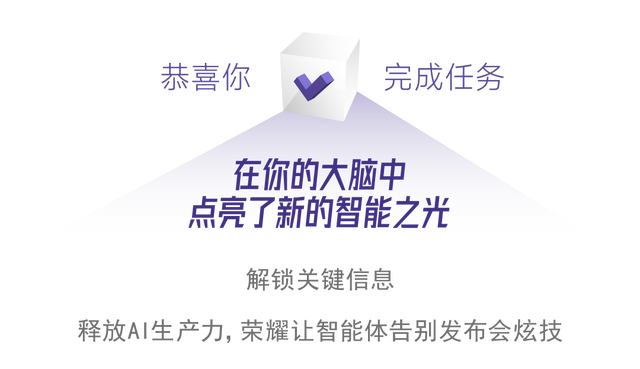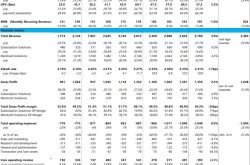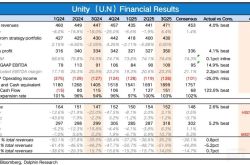"One sentence, instant PPT" - Exploring the Power of Honor YOYO's AI Productivity
![]() 07/14 2025
07/14 2025
![]() 523
523
In the recent surge of diverse agents, let's ponder which type of agent is more challenging to develop: B-end or C-end agents?
One might assume that enterprises, demanding zero errors, pose a greater challenge than C-end consumers who are more forgiving of mistakes. However, the reality differs slightly from this perception—C-end agents prove to be more demanding.
Imagine deploying agents akin to a job interview. Enterprises have stringent but clear requirements: defined needs, manageable scenarios, and established processes. Traditional management methods like SOP, PDCA, and OKR seamlessly integrate with these agents, making even arduous tasks feasible.
Conversely, C-end agents face a different narrative. Consumers often have nebulous demands, and it's the supply that often stimulates demand. Some agents, while initially novel, lack practicality and are gradually forgotten.
By 2025, the agent market presents a fascinating picture:
Both B-end and C-end agents share similar technical trends, evolving from solitary agents to multi-agent collaboration, tackling simple to complex tasks, and shifting from passive command responses to proactive full-link task completion.
However, in practice, many B-end agents have successfully integrated into enterprises as digital employees, whereas C-end agents struggle to transcend their toy-like attributes, failing to execute complex tasks seamlessly. For instance, generating unusable PPTs or restaurant bookings requiring manual intervention mid-process.
Is there a C-end agent that isn't a half-baked project? Recently, during the launch of the Honor Magic V5, Honor YOYO, capable of "generating a PPT with one sentence," captured my attention.

C-end agents are finally evolving beyond mere toys to become productivity tools that genuinely assist in tasks. How does Honor YOYO manage complex tasks in one go and possess closed-loop capabilities from instruction to result?
By dissecting Honor's problem-solving approach, we might uncover the key to breaking the C-end agent deadlock.
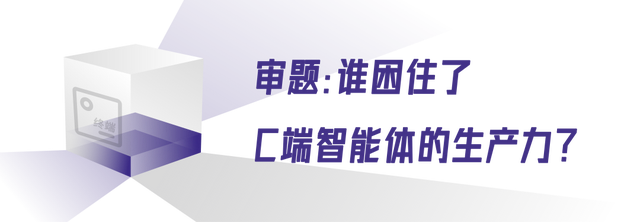
Users crave productivity tools that thoroughly close the loop on both trivial and complex tasks, not dispensable toys. Yet, most available C-end agents fall short. Why? Issues persist across several links from instruction to execution:
First, a lack of intention understanding. Agents fail to comprehend users, hence lacking productivity. For example, a user saying, "Book a taxi to my usual place," might not receive an accurate response if the agent isn't authorized to access historical habit data.
Second, insufficient task execution. Agents perform well in predefined scenarios but often falter with different instructions/tasks. Their inability to act across devices and scenarios leads to malfunction in new environments, drastically reducing productivity.
Third, insufficient handling of complex real-world scenarios. C-end consumer demands are diverse, and daily life scenarios are intricate. Instructions to C-end agents can be varied and peculiar, making them struggle with complex tasks and limiting them to mundane chores like generating meaningless text.

In summary, the development dilemma for C-end agents lies in their inability to accurately respond to vague demands and execute end-to-end tasks in complex daily scenarios. Either there are deficiencies in understanding, execution, or scenario adaptation, or there are breaks in multi-link collaboration.
Take "generating a PPT with one sentence" as an example. Without understanding the user's background, personalized styles, layouts, and content can't be accurately generated. PPT creation involves substantial material arrangement. Without end-to-end execution, agents frequently pause, requiring manual intervention, making them less efficient than manual efforts. Sophisticated PPTs need various tools like videos, images, and audio effects. Any link failure renders the project incomplete.
To transform from a toy to a tool, we must first address the productivity puzzle of C-end agents. How does Honor YOYO solve this step by step?
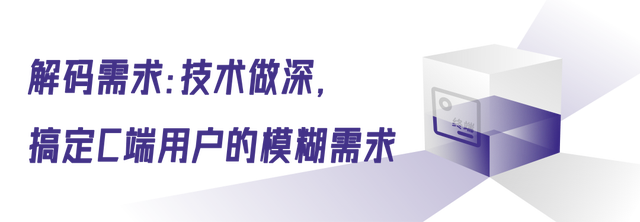
Enterprises outline clear requirements and workflows for B-end agents. However, the mass consumer market is rife with vague and uncertain demands, posing significant challenges to C-end agents' understanding capabilities.
For instance, at 7 am, half-asleep, you vaguely say to your phone, "Help me handle today's affairs." An agent that doesn't understand you will be at a loss. C-end agents must possess more private data, stronger security, and enhanced understanding capabilities to handle vague consumer demands.
Take Honor YOYO as an example. Through advanced technology, it comprehends both verbal and unspoken intentions, leading to improved experiences and scenarios.

The first step to accurate task understanding and execution is "understanding you." When a user says "go to my usual place" or "handle today's affairs," it's crucial to integrate highly personalized data to transform vague demands into clear tasks. This necessitates a personal knowledge base as the memory center for C-end agents.
Honor YOYO's personal knowledge base is comprehensive, fast, and secure, addressing users' terminal data pain points. It can be considered the entity that understands you best. Based on user-authorized historical data and deep personal data understanding, it assists in executing tasks more efficiently. Additionally, it supports full-terminal invocation across all Honor devices, offering convenience and speed. In terms of security, its end-cloud combined personal privacy protection solution, implemented on the new Honor Magic V5, allows users to firmly control their privacy decisions.
The next step is execution.
Complex tasks require more than a single agent. Multi-agents function like a "combat team," mobilizing resources across domains for efficient execution, ensuring end-to-end task completion. Honor YOYO's ability to instantly generate a PPT with one sentence exemplifies this. When creating a PPT, Honor YOYO automatically dispatches multiple specialized agents to collaborate on design, layout, image selection, icons, and proofreading, reducing hours of work to just minutes.

How do these agents collaborate across scenarios? This requires a full-link, multi-modal large model base.
Behind Honor YOYO lies an end-cloud collaborative large model matrix encompassing modalities like vision, language, and speech. The MagicGUI model boasts a 91.5% operation accuracy rate, while the MagicVL-Nano end-side model balances privacy and low-power image understanding. Additionally, three cloud-based large language models accurately grasp user intentions, and the visual large model excels in photo editing and image generation scenarios.
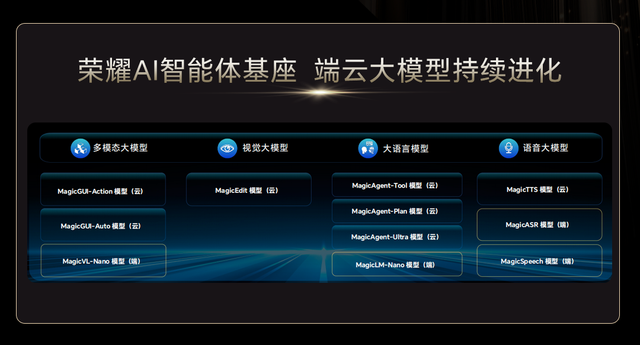
Collaboration among multiple models enables Honor YOYO to excel in multi-modal perception, personalized reasoning, and automatic task execution.
Ultimately, Honor YOYO's strength lies in deepening its technology, rooting it in the nuances and full processes of life, and simplifying complex demands.
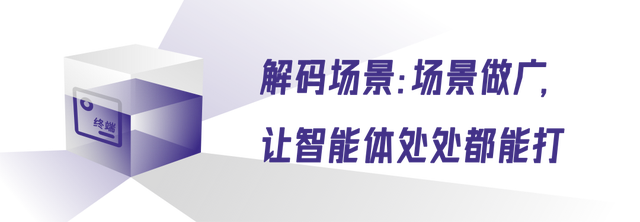
Another challenge for C-end agents is the complexity and diversity of real-world scenarios. If cool demo presentations at launch events only work in specific scenarios, users will frequently switch tools and change habits.
One notable feature of Honor YOYO is that instead of forcing scenarios to adapt, it enhances the agent's scenario migration capabilities to adapt to as many scenarios as possible.
For example, the practical capability of "instantly generating a PPT with one sentence" also works in scenarios like "watching, remembering, doing, finding, and transmitting," essentially covering end-users' main usage scenarios.
"YOYO helps you watch" by intelligently recognizing and understanding screen content to generate summaries, recognizing text, images, and the physical world. At work, you can ask YOYO to analyze a stock market K-line chart, identify plants and animals while walking, or generate a recipe for an unknown dish while doing housework. The one-sentence screen/object recognition function covers daily information acquisition scenarios.

"YOYO helps you remember." The agent's memory capabilities and proactive service awareness can be used in various scenarios, such as remembering work tasks, daily expenses, or important family anniversaries. With one sentence, it can remember all your important matters, big or small.

"YOYO helps you do" by supporting tasks like "booking a taxi with one sentence," "editing photos with one sentence," and "generating a PPT with one sentence," covering service needs from basic to complex tasks. These tasks can now be accomplished with just one sentence, unlike traditional manual processing.
"YOYO helps you find" by breaking through traditional keyword limitations in AI intention recognition. When users say "find the product plan discussed with Mr. Wang last week" or "find last year's travel plan for a seaside vacation," the system simultaneously searches chat records, emails, cloud documents, photo albums, etc., solving the problem of resource fragmentation in the digital era.

"YOYO helps you transmit" without manually selecting devices or accounts. With one sentence, you can send documents to colleagues, photos to family, and videos to friends, covering most terminal-to-terminal transmission scenarios.

The full-scenario service capabilities of "watching, remembering, doing, finding, and transmitting" mean that Honor YOYO can be present in every touchpoint of users' daily behaviors. It makes "solving problems with one sentence" an instinctive reaction, forming a strong usage habit.
Only agents that perform well everywhere can become indispensable productivity tools for users through frequent daily use.
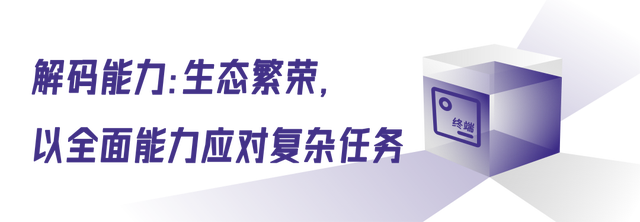
The complexity and triviality of daily life mean that mass consumers present agents with numerous complex tasks requiring multiple steps. Here, the shortcomings of agents in closed ecosystems become evident.
For example, when a user asks the smart assistant to "arrange a business trip for next week," booking a flight requires invoking the airline agent, choosing a hotel activates the hotel agent, and renting a car switches to an OTA platform. Complex tasks necessitate switching between multiple applications and invoking multiple agents.

At the ecosystem level, Honor officially announced support for the MCP and A2A protocols, collaborating with industry partners to build the best AI smart experience. For instance, by integrating with Fliggy Travel and Gaode Maps agents, Honor YOYO can achieve complex tasks like customizing a travel plan with just one sentence.
In the C-end agent competition, ecosystem prosperity determines an agent's capability to accomplish great things, the most powerful proof of AI productivity.
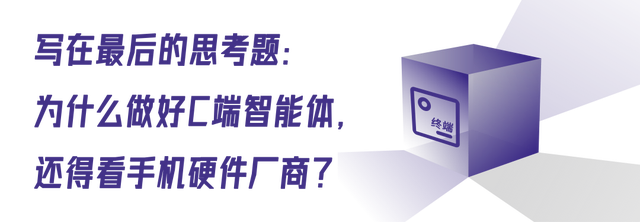
Agents have attracted players from diverse backgrounds. Why can Honor YOYO solve the productivity puzzle?
The first type of player is AIGC native enterprises, like OpenAI, leading the agent trend with algorithm advantages. However, pure algorithm enterprises struggle to manage terminal hardware sensors, limiting their services to digital content and failing to handle complex real-world interactions.
The second type is internet companies with massive scenario data and cloud services, enabling rapid agent integration. However, they struggle with cross-application and system-level scheduling, and manual switching disrupts task continuity.
The third type is mobile phone hardware manufacturers, uniquely controlling hardware terminals, operating systems, and scenario data, making them better suited for C-end agent market characteristics.
When user demands are vague, scenarios are dispersed, and tasks involve cross-device operation, coupled with the complexity of digital operations and physical interactions, mobile phone manufacturers can orchestrate hardware, systems, and scenario data to offer device-level computing power support and resource optimization. This breakthrough of application-level barriers enables full-scenario data precipitation and invocation, ultimately delivering system-level task scheduling capabilities.
The C-end agent arena is a racecourse where the mobile phone market holds a monopolistic edge, and Honor stands at the forefront.
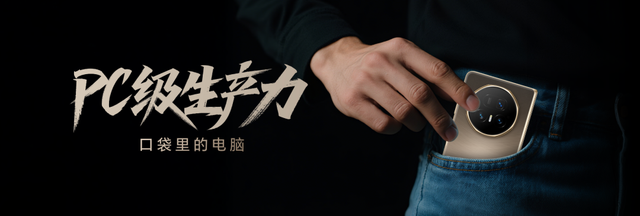
Among the myriad of agents offered by mobile phone manufacturers, what sets Honor YOYO apart? It has successfully normalized and diffused the application of "one-sentence PPT generation," transforming the agent from a novelty at corporate launches into a user-friendly productivity tool. Underpinning this transformation is Honor's sophisticated AI system.
Overall, Honor's platform-level AI facilitates comprehensive understanding, optimization, and coordinated scheduling across software, hardware, and the entire ecosystem, paving the way for seamless, end-to-end automated agent execution.
In terms of personalization, Honor MagicOS supports personalized reasoning, enabling the agent to evolve into a reliable personal AI assistant that becomes more attuned to your needs with each interaction.

In 2024, when the industry was still grappling with the definition of AI phones, Honor pioneered the shift, ushering in the "agent era." By 2025, as competition in the C-end agent space intensified, shifting focus from simple to complex tasks, Honor remained at the vanguard.
Looking back, whether it's the era of machine learning, large models, or agents, transforming technological advancements into tangible user value is embedded in Honor's DNA. This commitment serves as a steadfast anchor for Honor YOYO as it navigates each technological generation.
